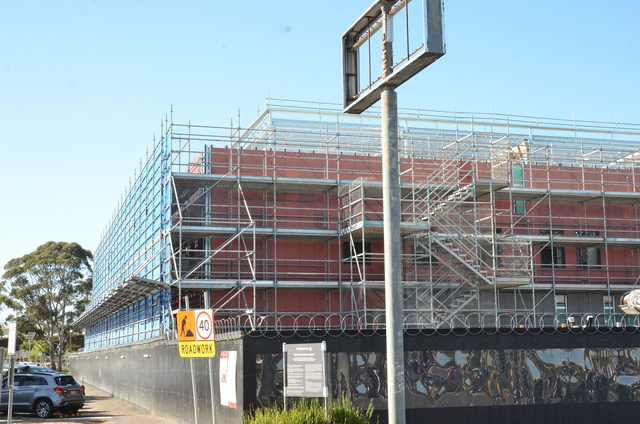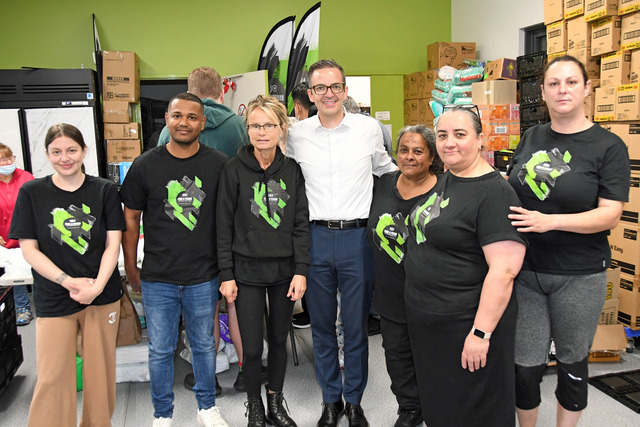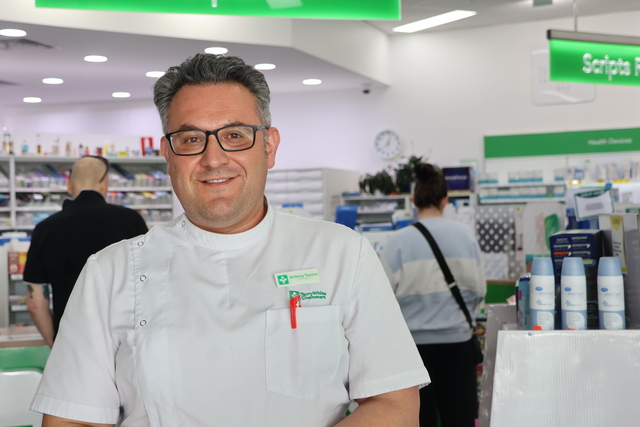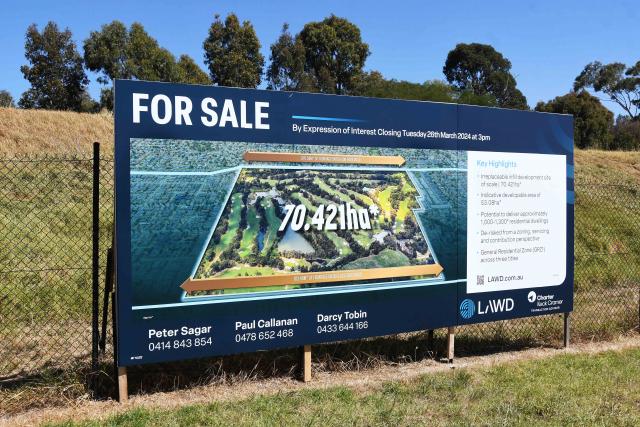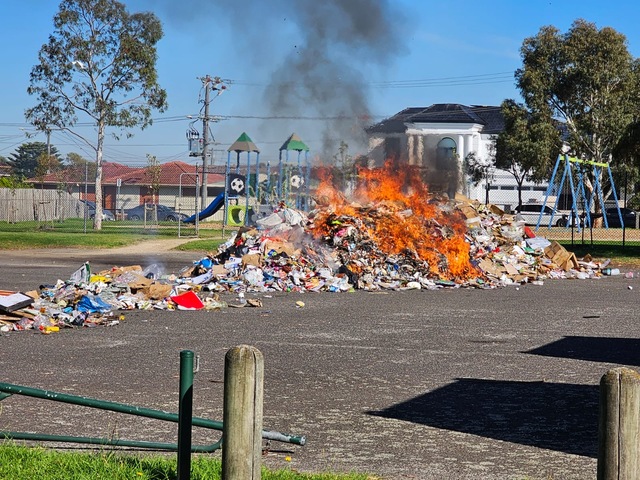The Cranbourne Chamber of Commerce’s “Cranbourne Revitalisation Project” event was rife with tension over the $40 million proposed services hub potentially hitting the suburb in 2027.
Traders are up in arms over the loss of a significant car park as the preferred spot for the hub.
City of Casey Place Making and Revitalisation team members Juli Stickler and Jayden Mizzi addressed the chamber members to explain the hub project and request their feedback at the networking event held on Thursday 25 May.
The hub project would see the Lyall Street car park turned into a multi-level building housing the community library, youth services and customer services.
“We are experiencing an immense rate of growth in Casey,” Ms Stickler said.
“We need the right community infrastructure to support livability.”
Ms Stickler says the hub would have services for different interests across the lifespan of local residents.
“It’s very much driven around what we see as core services,” she said.
The Lyall Street site was chosen for the project due to its size, proximity to public transport and high visibility.
The car park is already council owned land, which saves the acquisition of land from another party.
The project has not yet been endorsed, but is set to go before the council for approval in August.
Until then, the project team is compiling community feedback around the project to garner local sentiment.
“We’re committed to having an honest engagement with the community and presenting the sentiment as it is,” Ms Stickler said.
The project would be part of the council’s Capital Works Program, while also being partially funded by community rates.
“We feel that it’s a very attractive proposition for state,” Ms Stickler said.
“The intent is that it’s an iconic, game changing building and is going to be there for 50 plus years.”
The 4500 square metre facility has local business owners and chamber members up in arms.
The number one concern presented at the chamber event was the loss of the Lyall Street car park.
While the hub design will have some undercover parking on the ground floor, many fear this is inadequate to accommodate the high-traffic area.
Chamber members queried where staff from local businesses on the High Street shopping strip will park, where staff from the new precinct will park and what the effect will be on parking during the proposed 18-month construction of the hub during which time there will be no parking in the area.
Unfortunately, as Mr Mizzi explained, most of council owned land is held wither in car parks or green spaces, and of the two the loss of a car park is preferable.
Ms Stickler and Mr Mizzi faced an array of fiery responses from event attendees who are worried the loss of the 90 space Lyall car park will be catastrophic.
The Cranbourne library has approximately 10,000 visitors each month.
Some attendees questioned what the knock-on effect will be of moving this highly used service directly into the heart of Cranbourne.
Others, including Maree Cullinan of Balla Balla Community Centre, held concerns about the design of the new hub.
The inclusion of a “quiet space”, such as a library, with “high energy” services was challenged.
“It’s a complex mix of services,” Ms Cullinan said.
“I’m not saying it wont work, I’m just saying it needs to be well planned out.”
However, Ms Stickler explained one element of the year-long design period will be determining the best acoustic treatment for the precinct to ensure the soundproofing of separate sections.
Another issue raised was the attraction of the hub for “undesirables”, especially with the underground parking lot.
“There’s so many undesirables in Lyall Street as it is with the bus interchange,” one attendee said.
Ms Stickler responded by explaining the long opening hours are sure to generate high activity at the hub which will help to create a safe environment.
Vice President of the CCC Judy Davis remained doubtful, as the hall and the neighbouring food trucks have experienced multiple break ins despite being used day and night, seven days a week.
“I would rather see you upgrade the main street and upgrade the library,” they said.
“We’re putting new things in an old section, we’ve got to make our main street look appetising.”
Ms Stickler said the project could be an opportunity for Cranbourne to create a new image.
“Cranbourne could use a little bit of rejuvenation and image overhaul,” she said.
“It’s a great possibility to create a more vibrant community and improve the face of Cranbourne for future generations.”
Other council-led projects will be nestling into the community over the coming years, including the construction of a community hospital on Berwick-Cranbourne Road.
“Cranbourne has been one of our key projects over a number of years,” Mr Mizzi said.
“Cranbourne is really important for Casey because it provides a significant number of jobs and a place to recreate and eat.”
The City of Casey reports approximately 1000 new residents moving to the area each month.
“Activity centres like Cranbourne really are the heart,” Mr Mizzi said.
Mr Mizzi said the State Government wants to build new housing in already established precincts rather than in growth corridors, such as Clyde.
New sensor poles will be introduced to Cranbourne’s High Street to collect data about how people are moving in and around Cranbourne.
They will also collect data about temperature, wind, noise and air pollution.
“The data will be really important to help support our advocacy to the State Government for investment into Cranbourne,” Mr Mizzi said.
Mr Mizzi reassured the sensors have no CCTV or face capturing capabilities.
The chamber event was sponsored by HR Sustain and featured a short presentation by Lou-Ann Gibson.


